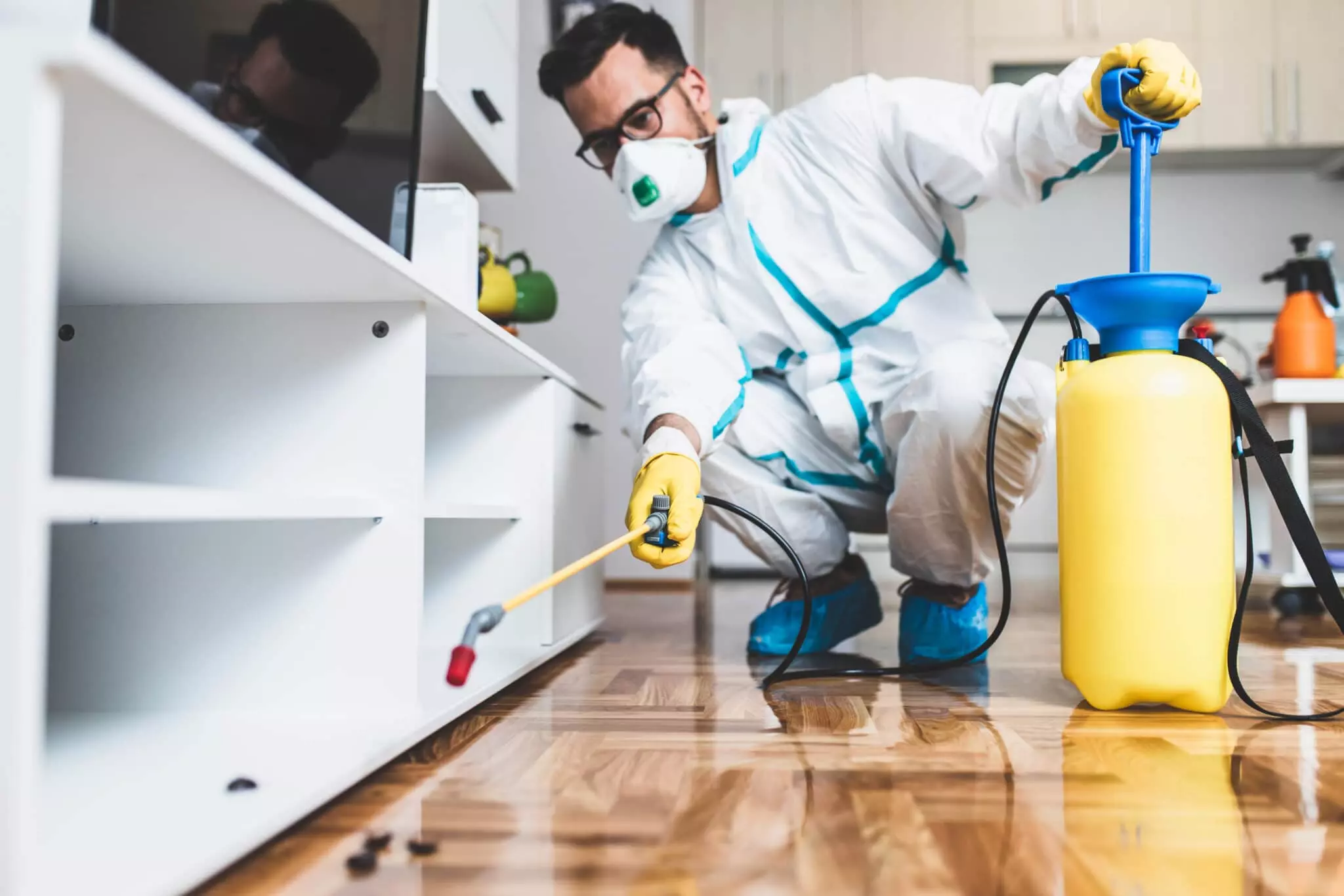Effective A1 Bed Bug Treatment in Charlotte - Safe and Proven Techniques
Effective A1 Bed Bug Treatment in Charlotte - Safe and Proven Techniques
Blog Article
Bed Pest Therapy Failure: Contrasting Chemical Vs. Non-Chemical Solutions
In the world of parasite control, particularly when taking care of the relentless problem of bed pests, the option between chemical and non-chemical treatment options can be a critical one. Both approaches provide distinct advantages and disadvantages, affecting elements such as efficiency, safety and security considerations, and general price. By analyzing the nuanced information of each technique, a clearer understanding of which course to seek in dealing with a bed pest problem can be achieved.
Performance of Chemical Therapies
Chemical therapies for bed pest problems have actually been commonly identified for their rapid and powerful effectiveness in getting rid of these parasites. When considering the efficiency of chemical treatments, it is essential to understand that they can provide a complete and quick service to a bed bug trouble.
Additionally, chemical therapies have the benefit of providing residual results, indicating that they can continue to eliminate bed pests even after the initial application. This recurring activity is particularly beneficial in combating any kind of prospective re-infestations. In addition, the fast activity of chemical treatments can bring alleviation to individuals dealing with serious bed bug problems, enabling them to regain control of their living areas swiftly.
Safety Interest In Chemical Solutions
When utilizing chemical options for bed bug treatment is making certain the security of occupants and the environment,One important facet that requires cautious factor to consider. While chemical treatments can be efficient in getting rid of bed insects, they may pose threats if not managed properly. One of the main safety and security interest in chemical solutions is the possible injury they can trigger to human wellness. Direct exposure to particular chemicals made use of in bed bug therapies can lead to respiratory system problems, skin inflammation, or various other adverse responses, particularly in individuals with pre-existing conditions or level of sensitivities. In addition, improper application or dose of chemical pesticides can cause poisonous deposits lingering in the cured location, posturing long-term wellness threats to owners.
Moreover, the ecological influence of chemical solutions is another substantial factor to consider. Some chemicals utilized in bed pest therapies might be dangerous to valuable bugs, wild animals, and ecosystems if they leach into the soil or water systems. It is necessary to make use of chemical therapies sensibly, following security standards, and taking into consideration much less hazardous options to mitigate these threats and ensure the secure and reliable administration of bed pest problems.
Benefits of Non-Chemical Approaches
Considering the possible safety worries and ecological impact associated with chemical services for bed bug treatment, checking out non-chemical methods presents a promising alternative with a number of distinctive advantages. Non-chemical treatments are environmentally friendly, as they do not contribute to air or water contamination, making them a sustainable selection for bug control.
Furthermore, non-chemical options can be efficient in targeting bed pests, including hard-to-reach locations where chemical treatments might not penetrate - A1 bed bug exterminator charlotte. Approaches such as warmth treatment, vacuuming, steam cleansing, and cushion coverings offer comprehensive elimination without the use of unsafe chemicals.
Limitations of Non-Chemical Treatments

Additionally, non-chemical therapies usually need multiple applications to achieve successful eradication. This can be time-consuming and might not always guarantee complete elimination of all bed insects and their eggs, particularly in hidden or hard-to-reach locations.
Additionally, the success of non-chemical treatments heavily counts on correct implementation and thoroughness, which can be testing for individuals without expert knowledge. Inadequate application of non-chemical methods might result in incomplete obliteration, bring about relentless invasions and the requirement for additional therapies.
Consequently, while non-chemical treatments have their advantages, it is important to acknowledge these constraints and consider them when figuring out the most efficient method for managing bed bug problems.
Cost Comparison: Chemical Vs. Non-Chemical Options
Provided the limitations terminate termite related to non-chemical therapies, an essential element to examine in the context of bed bug administration is the cost contrast between chemical and non-chemical alternatives. Chemical therapies commonly entail the application of insecticides by experts, which can vary from $250 to $900 per room, depending upon the severity of the problem and the size of the area to be dealt with. In comparison, non-chemical treatments like warm therapy or heavy steam can be much more expensive, with costs ranging from $1,000 to $6,000 for a whole home. While the first expense of chemical treatments might appear lower, multiple therapies may be needed to totally eliminate the problem, possibly raising the general price. On the various other hand, non-chemical options might provide a much more sustainable and environment-friendly option, although they can be cost-prohibitive for some people. Inevitably, when considering the price of bed bug treatment options, it is vital to evaluate the in advance expenses against the efficiency and lasting sustainability of the chosen method.
Conclusion

Considering the possible safety issues and environmental influence associated Full Article with chemical remedies for bed insect therapy, exploring non-chemical approaches provides an encouraging option with several distinctive advantages.Provided the constraints connected with non-chemical therapies, a crucial aspect to review in the context of bed insect administration is the price comparison in between chemical and non-chemical choices. In contrast, non-chemical treatments like warm treatment or vapor can be extra expensive, with expenses ranging from $1,000 to $6,000 for an entire home. While the initial cost of chemical therapies go to these guys might appear lower, multiple therapies may be needed to completely get rid of the infestation, possibly increasing the general price.In conclusion, when contrasting chemical and non-chemical bed pest treatment options, it is necessary to think about performance, safety, advantages, limitations, and price.
Report this page